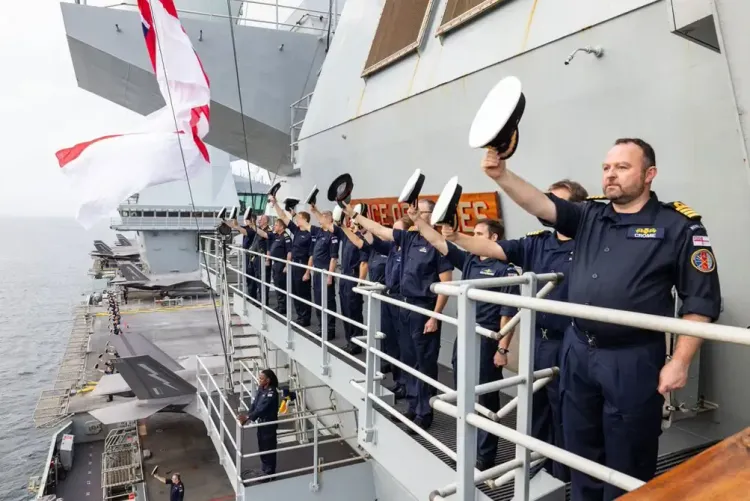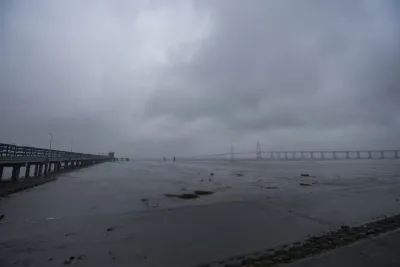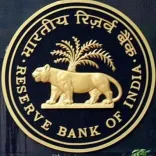Is India Expanding Its Maritime Reach Amid Turbulence in the Indian Ocean?

Synopsis
Key Takeaways
- India is expanding its naval presence in response to rising tensions in the Indian Ocean.
- Joint exercises with Southeast Asian nations signify India's commitment to regional security.
- Project 77 aims to enhance India's submarine capabilities domestically.
- Increased foreign naval activities challenge India's strategic interests.
- India must balance engagement and vigilance in its maritime strategy.
New Delhi, Oct 19 (NationPress) In light of escalating tensions in the Indian Ocean and evolving alliances in the Indo-Pacific region, the Indian Navy is significantly broadening its maritime presence. This move comes as foreign powers intensify their activities in India's maritime vicinity, according to a recent report.
Colonel B.P. Katju (retd) noted in a report for India Narrative that India's maritime outreach has evolved beyond conventional exercises in recent months. In August, Indian and Philippine warships conducted their inaugural joint patrol in the South China Sea, demonstrating a united front with Southeast Asian allies amid increasing tensions in these contested waters.
Following this, the indigenous vessel INS Nistar engaged in Singapore's multinational submarine rescue exercise alongside 12 navies, including China and Japan. In eastern waters, INS Sahyadri docked at Kemaman in Malaysia as part of an ongoing deployment in the Indo-Pacific.
In the western region, India conducted its first joint naval drill with Greece following Prime Minister Narendra Modi's visit. This collaboration comes in response to the growing ties between Turkey and Pakistan, particularly Ankara's reported backing of Pakistan during Operation Sindoor.
Col Katju (retd) expressed in his opinion piece: "With the increasing turbulence in the Indian Ocean and shifting alliances across the broader Indo-Pacific, the Indian Navy is clearly extending its maritime reach — from the Mediterranean Sea in the west to the South China Sea in the east. This assertive naval diplomacy arises at a time when external powers are amplifying their activities in India's maritime domain, challenging New Delhi's ability to balance engagement with vigilance."
The UK’s aircraft carrier HMS Prince of Wales participated in the Konkan exercise alongside the Indian Navy in the western Indian Ocean. This involvement highlights India’s expanding network of defense collaborations and revives discussions surrounding the AUKUS alliance, which some analysts view as a military bloc operating outside India’s strategic frameworks.
The report indicated: "The Indian Ocean is evolving into a battleground of competing influences. China’s so-called 'research vessels' continue to dock in Sri Lanka and the Maldives, raising suspicions of espionage. Recently, even the US, Japan, and Australia have dispatched similar vessels, ostensibly for hydrographic research. India, which has previously expressed concerns over Chinese activities, now faces a challenging dilemma: how to react when the intruders are perceived as allies rather than foes."
Further complicating the situation, Turkey has been supplying drones and warships to both Pakistan and the Maldives. In this context, India is advancing Project 77, a ₹40,000-crore initiative aimed at developing domestically produced nuclear-powered submarines. The Indian Navy plans to commission two submarines equipped with missiles that have an 800-km range by the years 2036-37.
In his opinion piece, Katju summarized: "India's defense leadership appears to possess a clear understanding of the challenges that lie ahead. From the Mediterranean to the South China Sea, New Delhi’s naval operations signify more than just displays of capability — they are declarations of intent. However, as the legacy of Operation Sindoor continues to resonate and new global alliances emerge, India must tread carefully to avoid becoming entangled in others' disputes. For a nation long regarded as the stabilizing force in the Indian Ocean, the message is clear: India is no longer merely observing the currents — it is actively shaping them."









